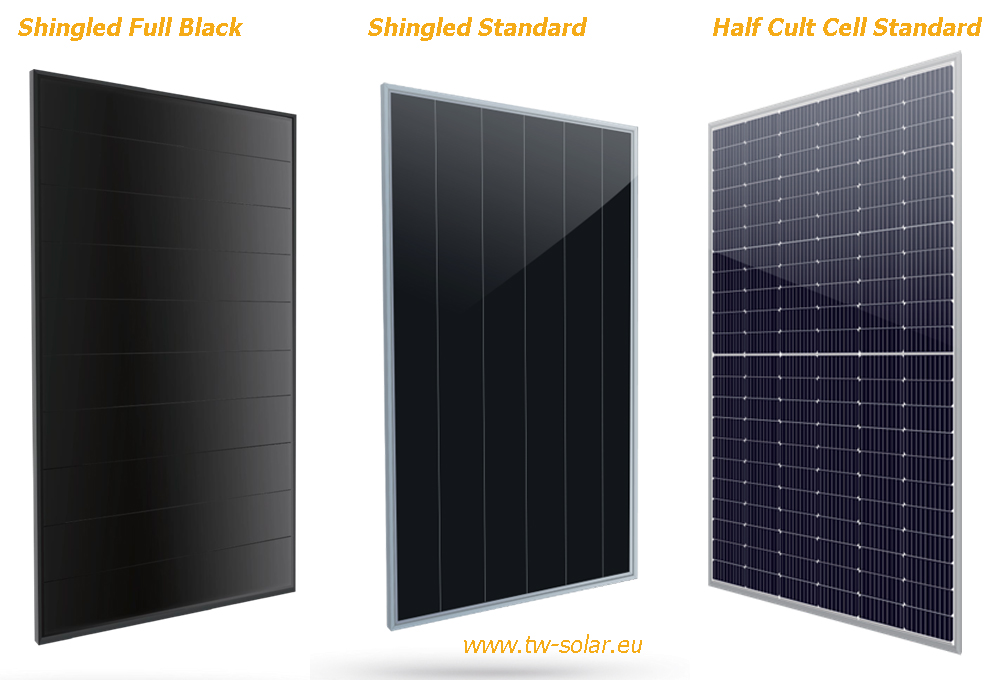Solar-com provides comprehensive solar panel upgrade options to help save you money and time. Our expert philosophy ensures each upgrade is tailored to your needs, so you can make the best decision for your specific situation.
Choosing the right solar panel can be an important and anxiety inducing step in the solar design process. Luckily, we do the heavy lifting for you, optimizing your equipment list for optimal performance and ROI. There are A LOT of panel options, but here we’ll go through which solar panels Solar-com offers and why.
Upgrade Your Solar Panels for Maximum Efficiency
Our Philosophy
At Solar-com, our mission is to make solar not only “affordable” (overused, vague marketing word) but also the best performing investment in a household’s portfolio.
By cutting out commissioned salespeople (often door knockers) and focusing on efficient and scalable business practices that leverage technology, internet marketing, and economies of scale, we are able to drastically reduce the cost of solar, often below commercial rates.
Our customers are seeing ROIs ranging from 18-45% (location depending).
When selecting panels, brand rarely yields a better return. A Rolls Royce could be affordable to some, but that doesn’t mean that it’s a good investment.
When it comes to equipment, having the “Rolls Royce” of equipment won’t yield you any greater return or kWh output, you just end up paying more for what should be considered a commodity.
There are 3 primary attributes we look for when selecting panels for our customers.
How We Chose Our Preferred Panels
We set out to find the best panels for ROI. This entails reviewing and balancing three main categories:
Build Quality and Warranty
Performance (output).
Aesthetics.
A panels build quality is our first priority. At Project Solar, we only use Tier 1 panels with 25 year performance warranties and IEC 61215 ratings. Tier 1 is a rating on the companies ability to honor its 25 year commitment, and IEC is a testing certification showing the panels ability to withstand time and weather conditions.
Performance can be broken down into 2 aspects. Output and efficiency. The output of the panel is the metric most people are familiar with. For example, a 400W panel is a panel that will produce 400W DC power in direct sunlight. Do not confuse this number with how many kWh this will produce in a day (a topic for another article). Higher wattage is not always better. Pairing a properly sized panel with the right micro inverter is more important and can save you from potentially waisting a lot of money.
Efficiency is the ratio between the surface area of the panel and the output. Most panels range from 18-22%. Panel efficiency is a metric people tend to care about, that really doesn’t matter much. Occasionally, with higher efficient panels, you can squeeze more panels into a smaller roof space. But the specific dimensions of the panels (wide vs tall) often impact fit more than the small variance in panel efficiency.
Aesthetics are another criteria we factor. We only use esthetically pleasing black on black panels. This is almost always preferred in residential applications, and we provide black on black panels by default.
With these minimum requirements in place, we then optimize the panel selection for ROI.
To learn more about our pricing model, check out our Solar Pricing with Project Solar blog post.
ROI Maximization.
To maximize your return on investment (ROI), we break down the price of equipment into PPW.
PPW is a standardized metric that allows consumers to compare pricing of a system. 10kW of solar produces more than 5kW of solar, and costs more too.
So how do you compare a quote for a 5kW system at $15,000, vs a 10kW system for $20,000. The best way is to convert to price per watt.
$ 15,000/ 5kW = $3/watt.
$ 20,000/ 10kW = $2/watt.
The more expensive (total price) system in this example is a much better rate (ppw) and is the better deal, assuming the extra power generated is needed.
So the same calculation is used to evaluate panels. We maximize our relationships and volume discounts on select panels to optimize for the lowest price per watt.
Panel Transparency.
Due to global supply chain shortages, we’ve forced to remain fluid with panel options – meaning we reserve the right to decide and switch panels on all projects. We keep a list of our panel options on our equipment specifications page. All panel selections and or changes will be communicated to customers before hand, and nothing is forced (ie. if a panel change is required and not acceptable to the customer, customer may cancel without penalty).
We stand behind all our equipment selections and double back the manufacturer warranty.

